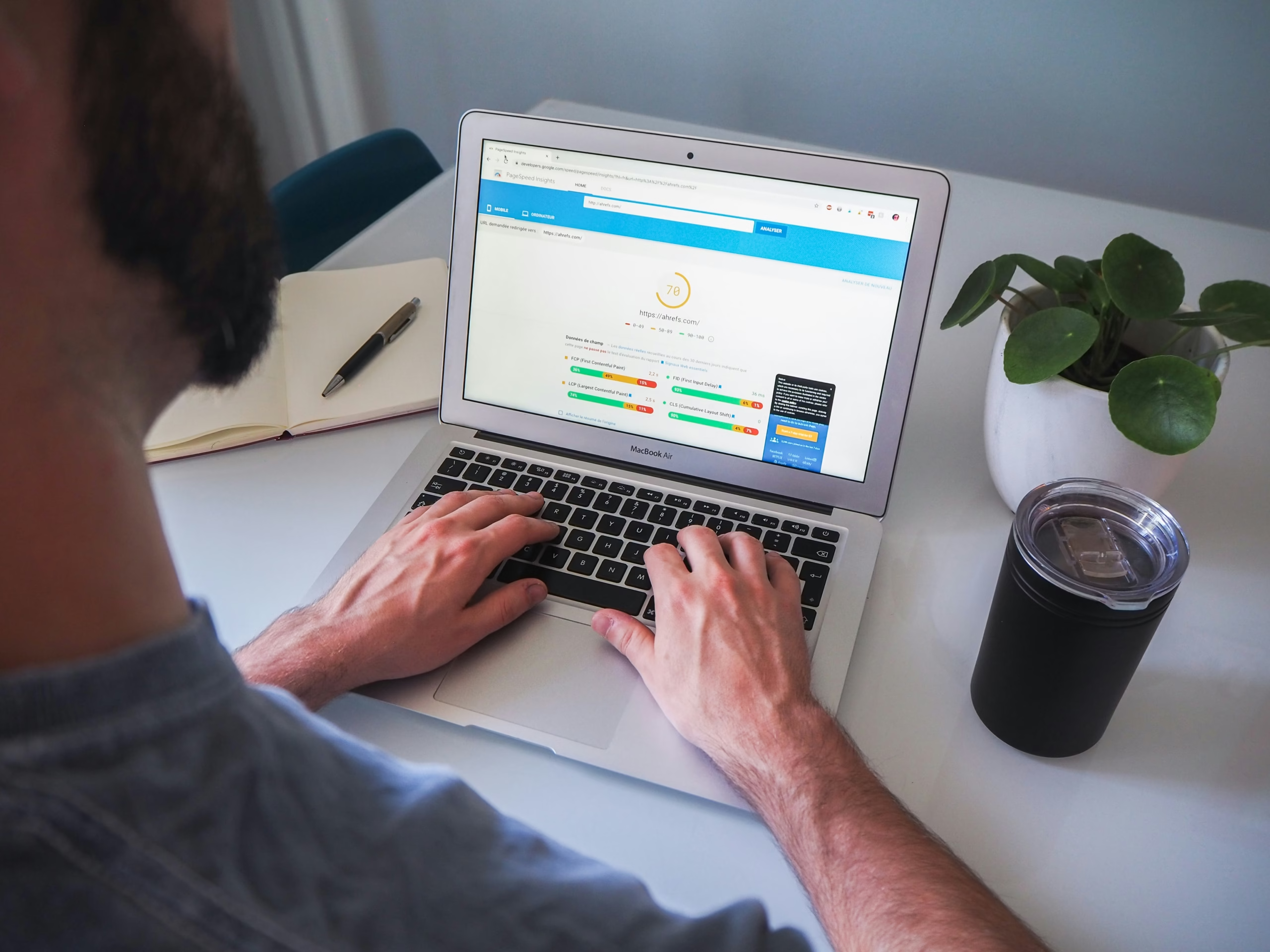A call-to-action (CTA) is the moment your website goes from showcasing its value to actively guiding the visitor towards conversion. A weak CTA means missed leads, lost sales, and abandoned sign-ups. But a perfectly crafted one? That’s where those clicks, conversions, and an engaged customer base begin.
Design Considerations for High-Impact CTAs

- Color Psychology: Your CTA button should stand out, yet work seamlessly with your overall brand palette. Complementary colours (directly opposite on the colour wheel) create natural contrast – think of a vibrant orange button on a blue-dominant background. Regardless, you should consider the emotions your colours evoke. For example, while red signals urgency, it could also mean ‘stop’. So use it carefully.
- Shape & Size: Whereas rounded buttons often feel friendlier and ideal for nurturing leads early in the funnel, sharp rectangles convey a sense of directness, suitable for purchase-oriented CTAs. Size matters too – significant enough to be noticeable, but not so large that it disrupts your design, especially on mobile devices.
- Microcopy: The text that surrounds your CTA matters. Ensure the text reinforces the offer’s value or addresses objections. For example, instead of a plain “Sign Up”, try “Start Your Free Trial Today” or “Get My Coupon – Limited Time”.
- Whitespace as a Spotlight: Clutter is the enemy! negative space around your CTA prevents it from getting visually lost. Think of whitespace as guiding the user’s eye directly to where you want them to click.
- Accessibility: Make your designs inclusive. Ensure your CTA colour scheme has sufficient contrast for users with colour blindness. Tools like Contrast Ratio help you verify this.
- Visual Hierarchy Use larger fonts, bold colors, or directional cues (like subtle arrows) to establish the dominance of your primary CTA, particularly on longer pages.
Conversion-Focused CTA Strategies
- Use Strong Verbs: Action-oriented verbs are a must! Use any of the following to great effect: Get, Start, Try, Download, Reserve, Schedule, Claim, Join, Explore… Tailor these to your specific offer and target audience.
- Specificity and The User Journey: Understanding where a visitor is in their decision-making is key. At the top of the funnel, “Contact Us” is too vague. “See How We Can Help” (blog post) or “Explore Our Solutions” (homepage) invite further engagement. Lower down the funnel, “Request a Demo” or “Get Pricing” fit well.
- Value Proposition in a Few Words: What’s the immediate, tangible benefit the user gets by clicking? Even if they skim the rest of your copy, a strong CTA conveys what’s in it for them.
- Social Proof as a Nudge: Subtly communicate trust by adding elements near your primary CTA. Examples include
- “Join 5000+ Happy Customers”
- Short testimonial quote
- Well-recognized client logos
- Dynamic CTAs: Can your website technology personalize CTAs based on known user data? If it can, then customization can further improve your CTA. For example, a returning visitor might see “Ready to Complete Your Purchase?”
So Where Should You Place Your CTAs? It’s Not One-Size-Fits-All

Some say your CTA should be above the fold. Others say it should be a little further. Whatever the case, positioning your CTA near the top of your page gives visitors an immediate option to convert. If this is the goal, ensure your primary CTA is visible without excessive scrolling. However, with the rise of longer-form content, repeating the primary CTA further down can be essential.
Another consideration is the page type. While a softer CTA near the end may be better for a blog post, a product page may benefit from a large, purchase-focused CTA. A dedicated landing page will have multiple CTAs interwoven, with ONE clear main action to avoid overwhelming visitors. Now, while a page can have multiple CTAs, prioritize one primary CTA. Visually de-emphasize additional CTAs to prevent decision paralysis.
Overall, the best approach is to analyze your page’s scroll depth to determine the best placement. You can use your page’s heatmaps to determine where user attention is focused on your page and make data-driven decisions about CTA locations.
Beyond the CTAs
A strong CTA can’t fix a poorly designed page. For even greater conversion results, revisit our in-depth guide to designing landing pages that maximize conversions. Still need help crafting CTAs that compel action? Let’s help you find the perfect fit & boost conversions. We specialize in data-driven web design that doesn’t just look good – it converts. Contact us today for a free consultation.




